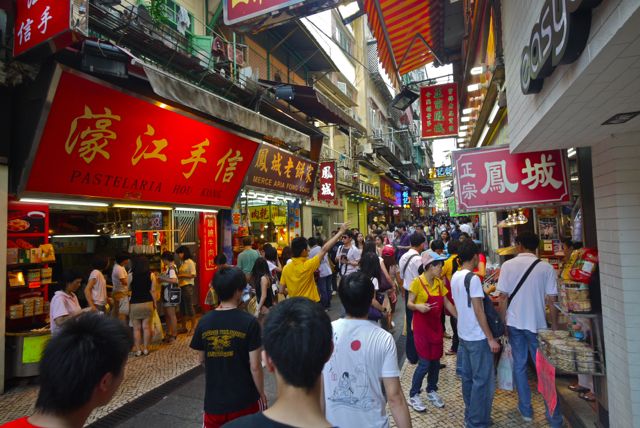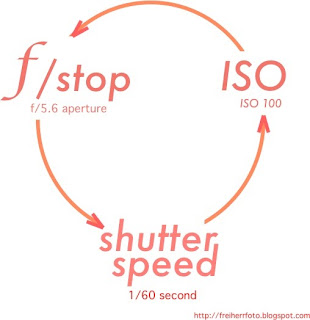BEST KEPT SECRETS OF STREET PHOTOGRAPHY
1
As a writer cum photographer, I have done my rounds as a photojournalist whenever the call came up and for that, I have never found it as a means to make money from it. It was part of the job. People often ask me about shooting street and I tell them that you need to have a few qualities before you embark on your quest. First, let's be clear photojournalism is about observing life through the lens and in many ways, it is the same as Street Photography. You don't make tones of money from Street Photography, and unfortunately in the West, you can even get arrested for just having a camera pointed at some place within the city. Cameraphobia as I call it, need only apply to big city places like London or New York. If you have a natural affinity for observing people, you'd pick out interesting scenes to frame your pictures but the best kept secrets are often ones that you tend to ignore.
Don't Attract Attention
A rule that is often ignored as you lug that huge DSLR with a massive Zoom lens. People like to pretend to be some big shot photographer and become the target of thieves and police. This is not the way to do Street Photography. As much as possible, people should not know you're capturing pictures. Use a smaller camera when possible and learn to blend in instead of stand out. Smaller cameras too have smaller zoom lenses with equal magnifying power, so there is no excuse for carrying that bulky DSLR.Use Fixed Lenses
For a change, be limited by your equipment and see how you can best adapt to that situation with a fixed lens camera. In the old days, a 50mm lens was called a standard lens and the preferred choice of all street photographers. HCB of Magnum was famous for this. So if he could do it, why can't you?Shoot from the Hip
A lesser known method is to shoot from the Hip and with a fixed lens, it is so much easier. Shoot from the hip is precisely that, you trigger the shutter when you "feel" a picture is happening before you without peering down on your viewfinder.
Some of the best pictures may not happen at eye level and you have to feel your way around it. If you were born a Hobbit, then it's eye level.
Once you get accustomed to the field of view of a fixed lens, it becomes very easy for you estimate the length and depth of your subject. It is not a precise way of composition but the results are sometimes quite surprising.




























.JPG)


